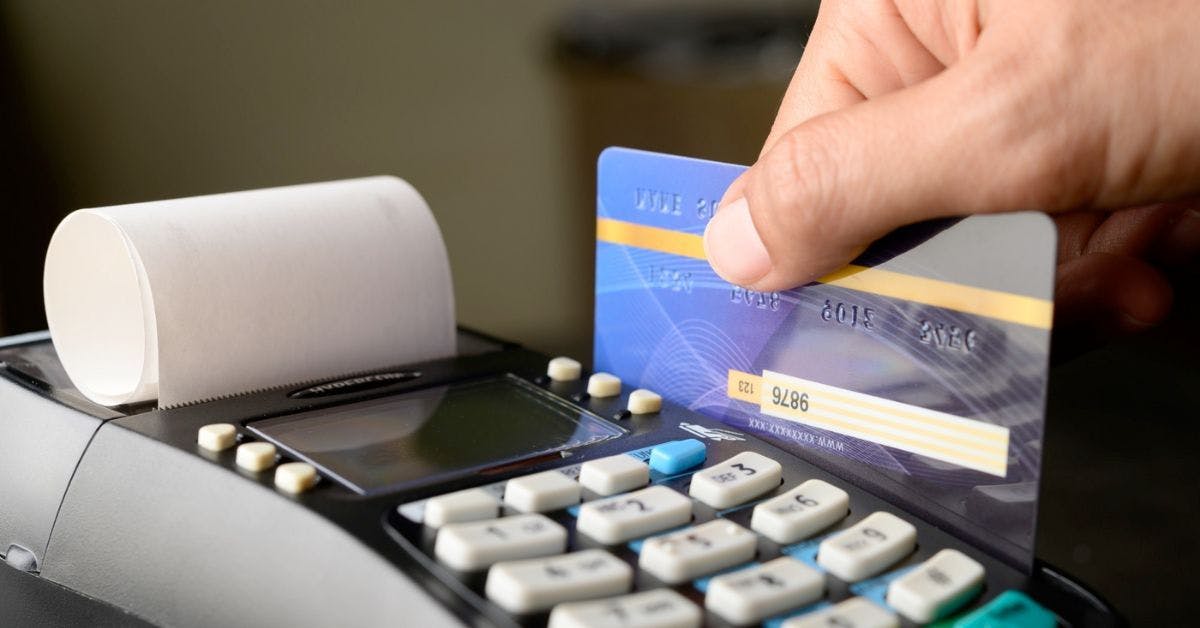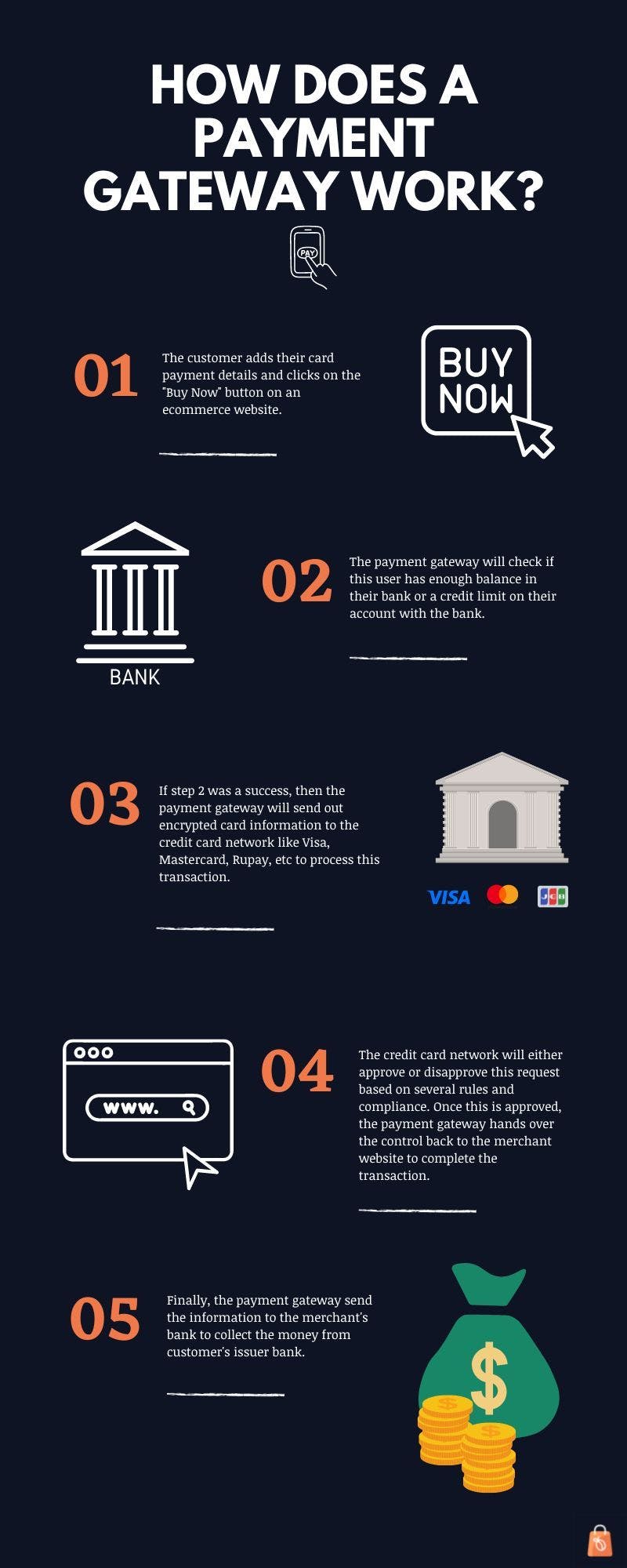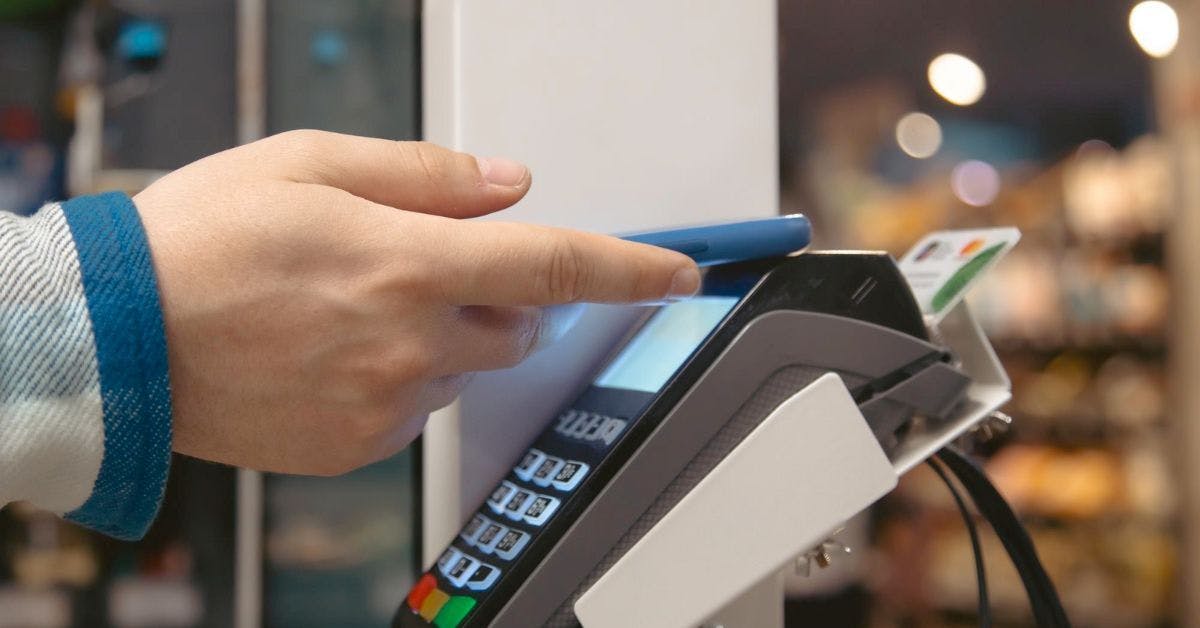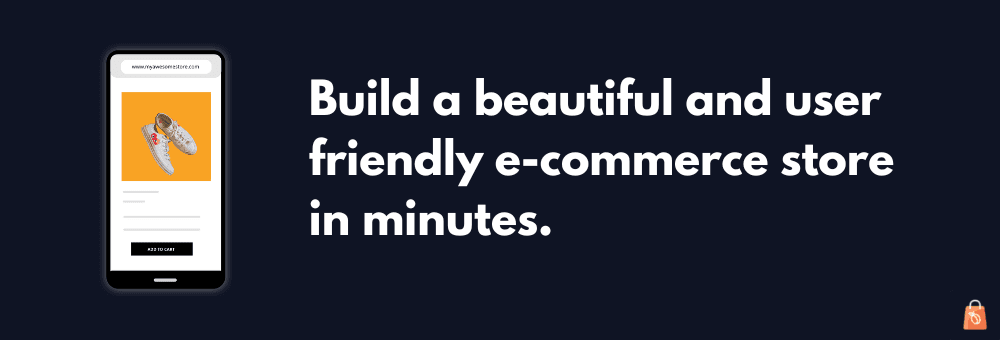Payment Gateway vs Payment Processor: The Key Differences

By Storeplum Editorial
Posted | 7 min read
Table of contents
- What is a payment gateway?
- How does online payment process work with payment gateways?
- Merchant accounts, credit cards and role of a payment processor
- Difference between a payment gateway and a payment processor
- Selecting the right online payment gateway or a payment processor for your business
- FAQs
An integral part of any successful ecommerce business is being able to accept payments online. Online payment methods include credit cards, debit cards, digital wallets, and more.
However, do you know if you need a payment gateway or a payment processor to be able to accept payments online? Or do the two terms mean the same thing?
The short answer is that there are indeed differences between the two. Here’s a comparative read pitting payment gateways vs payment processors, so that you know the differences between the two and are able to sort out the online payment needs for your ecommerce business seamlessly.
Let's take a look at a formal description-
What is a payment gateway?
A payment gateway allows an online merchant to accept purchase payments from their customers using debit/credit card or any other form of digital payment options. The transactions processed by a payment gateway are also known as card not present transactions as a user credit card cannot be physically authenticated compared to a brick and mortar store.
The sole job of a payment gateway is to securely pass along sensitive user information to credit card networks, customer issuer bank and check if the bank has customer authorization to move the transaction amount from their bank to the merchants bank.
A payment gateway technology in ecommerce is analogous to point of sales devices in brick and mortar store. Both follow almost the same set of steps to process a credit card or a debit card payment.
How does online payment process work with payment gateways?
Many ecommerce platform providers including Shopify, Woocommerce, Storeplum provide a standard checkout page for their merchants which is linked with a third-party payment gateway.
Irrespective of the platform used, every ecommerce website need a payment gateway interface. A website user can then enter their card information and personal details to complete the checkout process. Before jumping straight into how a payment gateway works, let's try to understand 5 main entities involved in an online transaction.
- The merchant
- The customer
- The merchant acquiring bank
- The customer issuer bank.
- The payment gateway.
An online payment gateway performs the following steps when someone clicks on Buy Now on the merchant website.
Step 1: Validate for balance
The first step is to validate with customer's bank account to check if this user has sufficient balance in their account or if they have enough credit limit on their card.
If this is true, then the gateway proceeds to step 2. On the other hand, the customer/user is asked to try to initiate this transaction with a different credit card or choosing the right payment option.
Step 2: Credit card authentication
The transaction payment information is now passed securely to the customer issuer bank's credit card network. Visa, Mastercard, JCB, Rupay are a few examples of such networks.
Based on the context of this transaction and past history, the credit card network may or may not be able to successfullt authenticate user information provided to it.
If a card authentication fails, then just like previous step, a customer is asked to use another card or payment methods to initiate the online transaction again.
If authentication is successful otherwise, then the control is handed back to merchant website to complete this transaction.
Step 3: Payment capture
The payment gateway will acknowledge the response from the credit card network and notify the merchant website whether the transaction was a success or a failure along with it's reason if failed.
At this point, if the transaction was a success, the payment gateway will then send this information to the merchant acquiring bank or the merchant account of the payment authorization.
It means that the customer issuer bank has an authorization from the customer (using their credit card details) to move the transaction amount from their bank to the merchant acquiring bank.
In most cases, the payment gateway will automatically capture the payment authorization and settle the transaction amount into merchant account.
For exceptions, payment gateways will also ask merchants to capture payments manually for security reasons or in case of high risk payments.
As you may have guessed, the entire online transaction happens in a matter of milliseconds on a secure network with a very small margin to error.
Given the volume of transactions that are done in each day, payment gateways are one of the complex technologies of recent times.
With that in mind, let's take a look at payment processors.
Merchant accounts, credit cards and role of a payment processor
The terms payment gateway and payment processors are often used synonymously by businesses. But are they really the same? Well, almost.
A payment processor is a technology which allows businesses and merchants to accept payments from their customers.
The term payment processor is more prevalent in brick and mortar stores where customers have to physically swipe their credit cards or tap their phones using NFC or scan a QR code in order to pay for their purchase.
In general, it is the core backend which processes any digital transaction, whether it is online or through a POS device.
For these reasons, payment processors will often provide merchants with point of sales devices to securely accept credit card payments from customers.
When a user swipes or taps a credit card on the machine, the payment processor sends their card details along with relevant information to credit card networks and then to the merchant with a payment complete receipt.
Payment Gateway vs Payment Processor
At this point, you may ask if both of them do exactly the same job, then what's the difference between the two? Can we really do a payment gateway vs payment processor comparison? Let's take a look.
| Payment Gateway | Payment Processor |
|---|---|
| Since you can't physically swipe your card, you can accept card-not-present transactions only. | Payment processors are backend systems or middleman system which communicate between the merchant and financial institutions. |
| Payment gateways need a payment processor for completing online transactions. | Payment gateways are an auxiliary to payment processors. |
| Payment gateways are a must have for a direct to customer only brand. | Merchants with retail outlets and online stores can use credit card processors. |
| Ecommerce Brands with retail outlets need to set up a payment gateway in addition to a payment processor. | Cannot integrate directly with ecommerce websites without payment gateways. |
| Payment gateways may have additional authentication mechanisms for supporting card-not-present (CNP) transactions | Built in authentication mechanisms for CNP transactions |
| Uses a virtual interface where users can enter their payment information | Uses a POS, QR code or other physical device to accept user payment card information. |
Selecting the right online payment gateway or a payment processor for your business
If you want to provide your customers with a seamless, omnichannel shopping experience, you’ll need both a payment processor and payment gateway so they can make purchases in-store and online.
Depending on your use case, whether you are a direct to consumer only brand or support both ecommerce and retail operations, you may need to select a vendor which already fits in your existing workflow. Here are some points that you should consider while selecting one-
Evaluate multiple vendors based on their pricing
Today, there are multiple providers in this segment including Paypal, Stripe, Braintree, Amazon Pay and others. An important and most obvious distiguabale factor that you can consider is the vendor pricing. In some cases, these providers may not charge a monthly fee based on your volume.
But they make most of the money in your transaction volume. See which providers offer you the best rate and also look out for hidden charges.
Some providers will have a different pricing for accepting international transactions. If you sell across the border then heavy transaction fees can affect your gross margins.
An example is flat 2% transaction fee for up to $100,000 and 3% over $100,000 + $5 application fee. Now if you reach the threshold of $ 100,000 very soon, you may end up paying a sizeable fee for this provider. Go with the ones which offers the most transparent pricing.
Secure online payment processing
It's imperative for a payment gateway to securely transfer customer information to the payment processor.
Second to pricing, the next important thing to look out for is security. Check out the standard security authentication, authorization implementation by the gateway and processor providers. For card authentication, make sure that the provider is 3D secure compliant. This payment gateway's secure connection which implements the card authentication mechanism is also known as 3D payment gateway
Latest security protocol implementations are also mandatory for international transactions. Providers usually list down the security protocols implemented by them.
Compatibility with your current tools.
Payment gateways like Stripe, Razorpay and others support extensive list of integrations with external tools like Typeform, custom payment pages and with marketing email tools like Mailchimp. Having such flexibility can highly improve your productivity as you can spend time on tasks which are important for you business rather than custom coding and managing bits and pieces which wont fit together.
On the other hand, payment processors work behind the scenes. Most of the payment processors support extensive compatibility with various card networks all over the world.
FAQs
Is payment gateway a processor?
A payment gateway will communicate the decline or approval of an online transaction while a payment processor will facilitate the data movement between merchant and related financial institutions. At the core, it's the payment processor which will process an online transaction.
Is MasterCard a payment gateway?
No. Mastercard is a credit card network, just like Visa, Rupay, JCB. It's main job is to authenticate and validate a digital transaction initiated using a credit or a debit card in it's network. The job of a payment gateway is to securely transfer customer information to a credit card network like Mastercard.
Is Stripe a processor or gateway?
Stripe is a payment gateway which enables merchants to accept payments from more than 100 countries. It relays sensitive customer information securely using standard authentication protocols to credit card network and communicates the approval or denial of a transaction to the merchant and their customer

Storeplum's in-house editorial team brings to you the best content when it comes to growing your online business on the Internet. We write about growth hacks, case studies, government schemes and other related information for e-commerce business.




